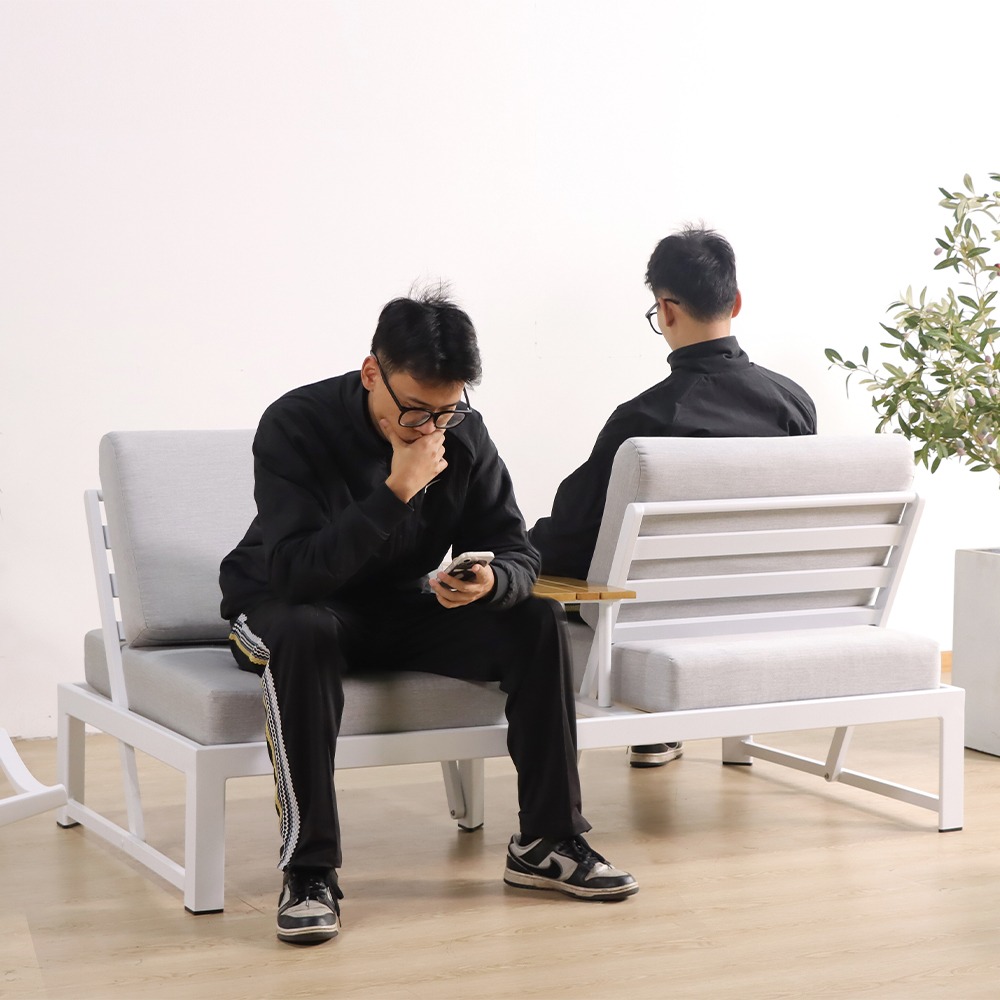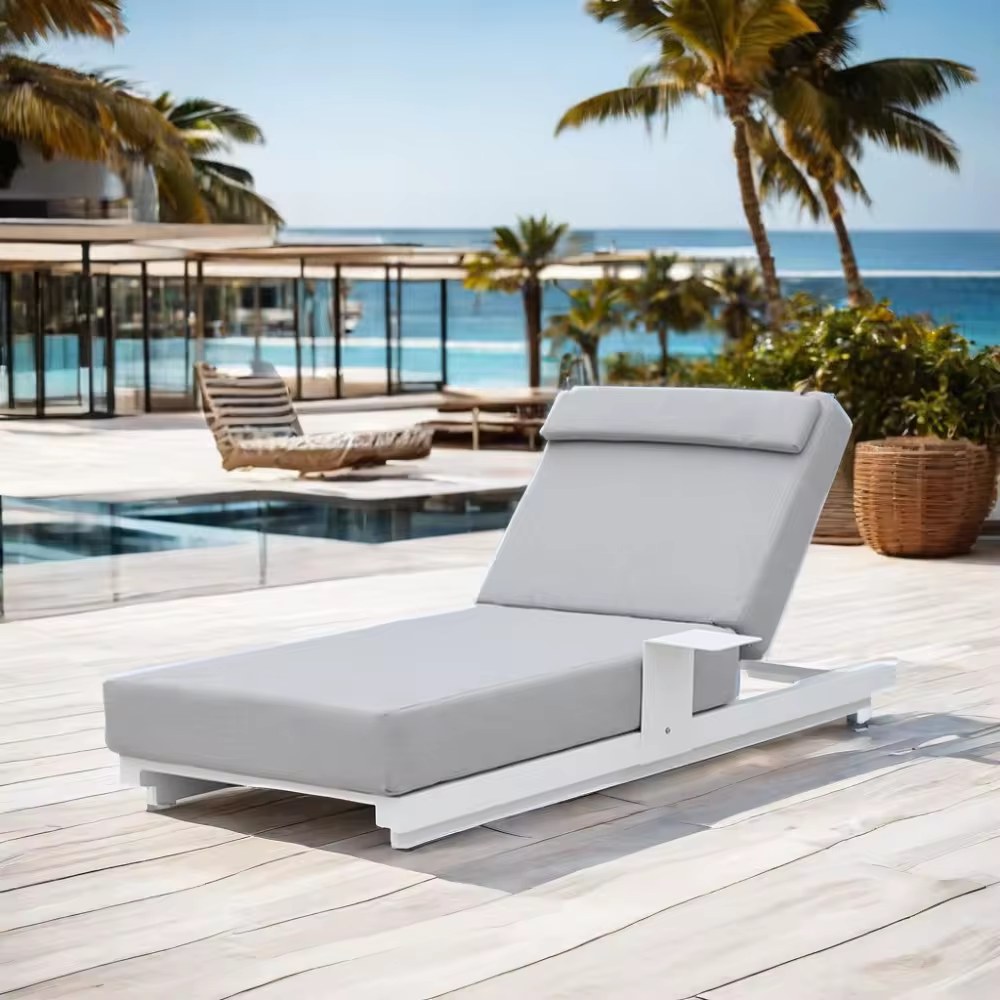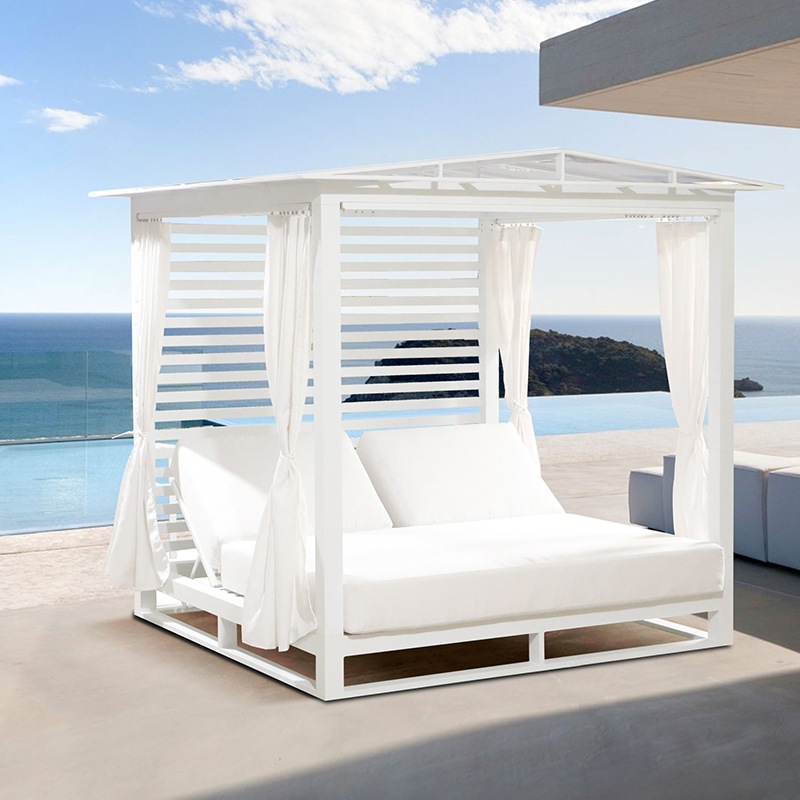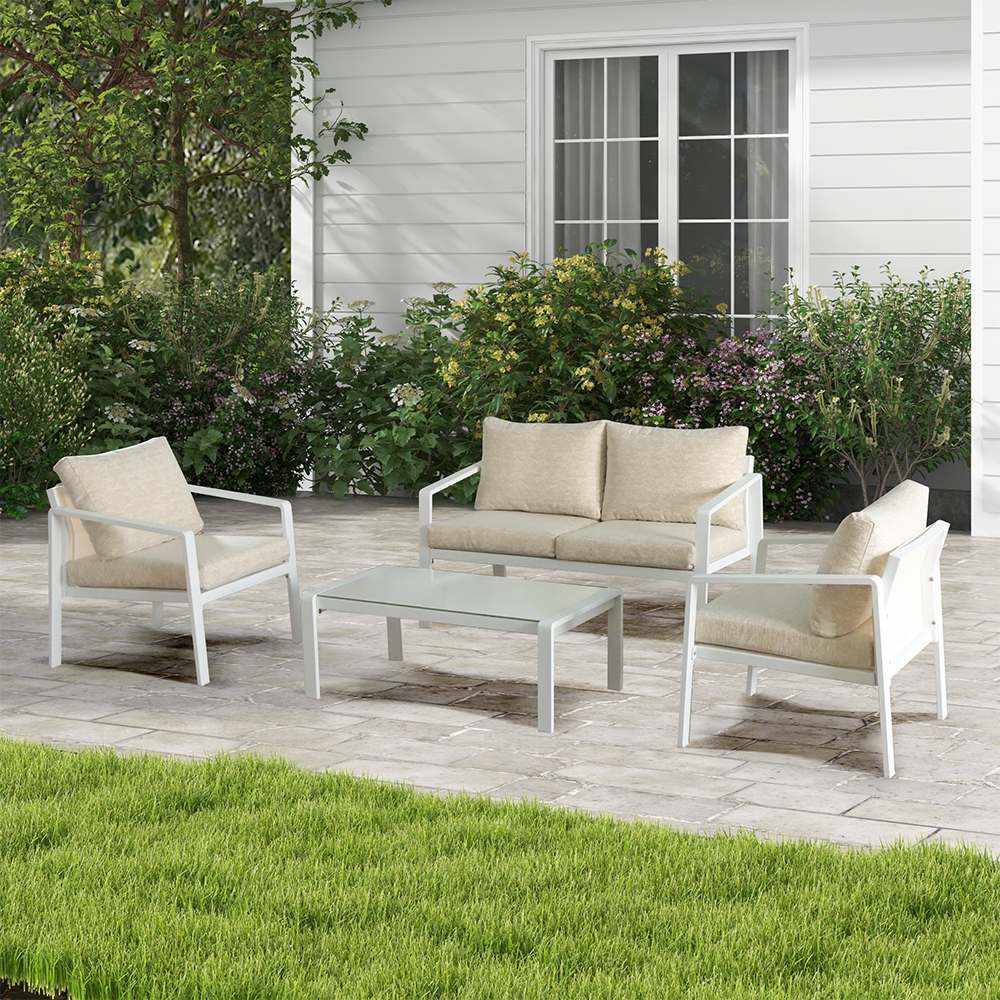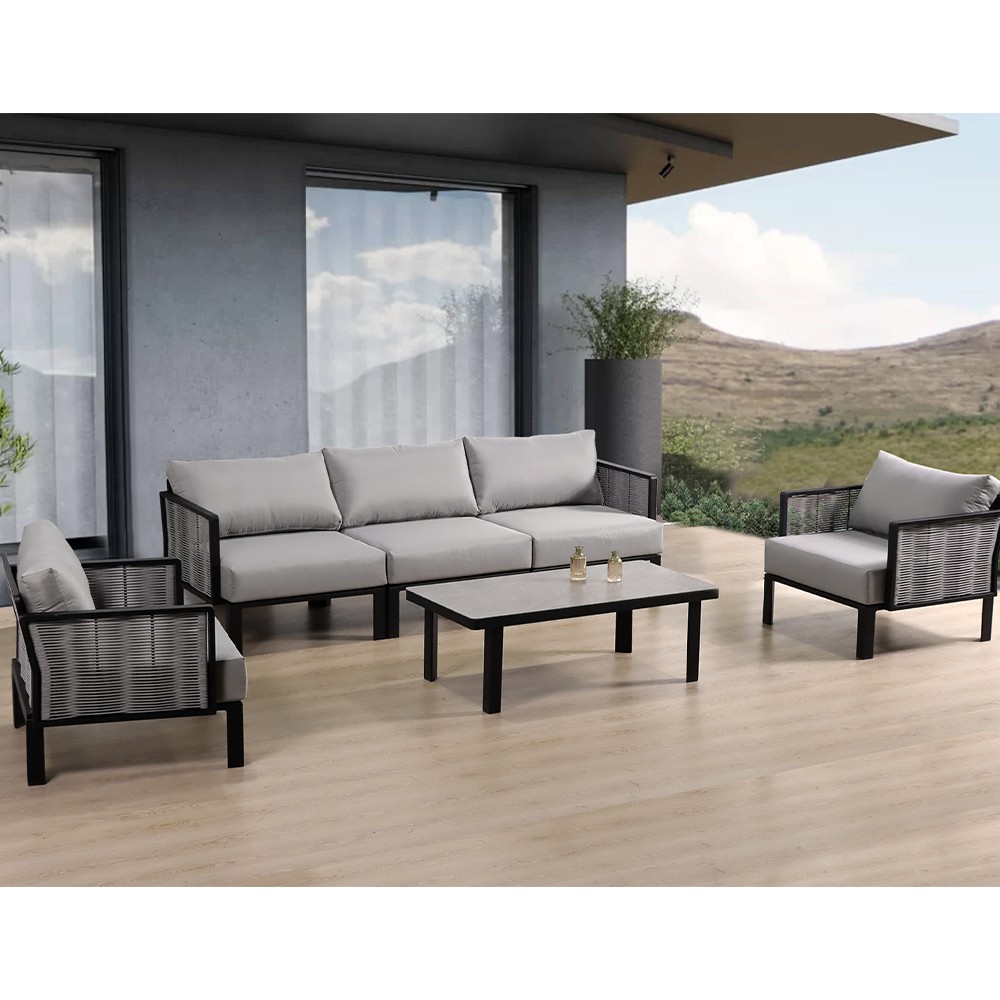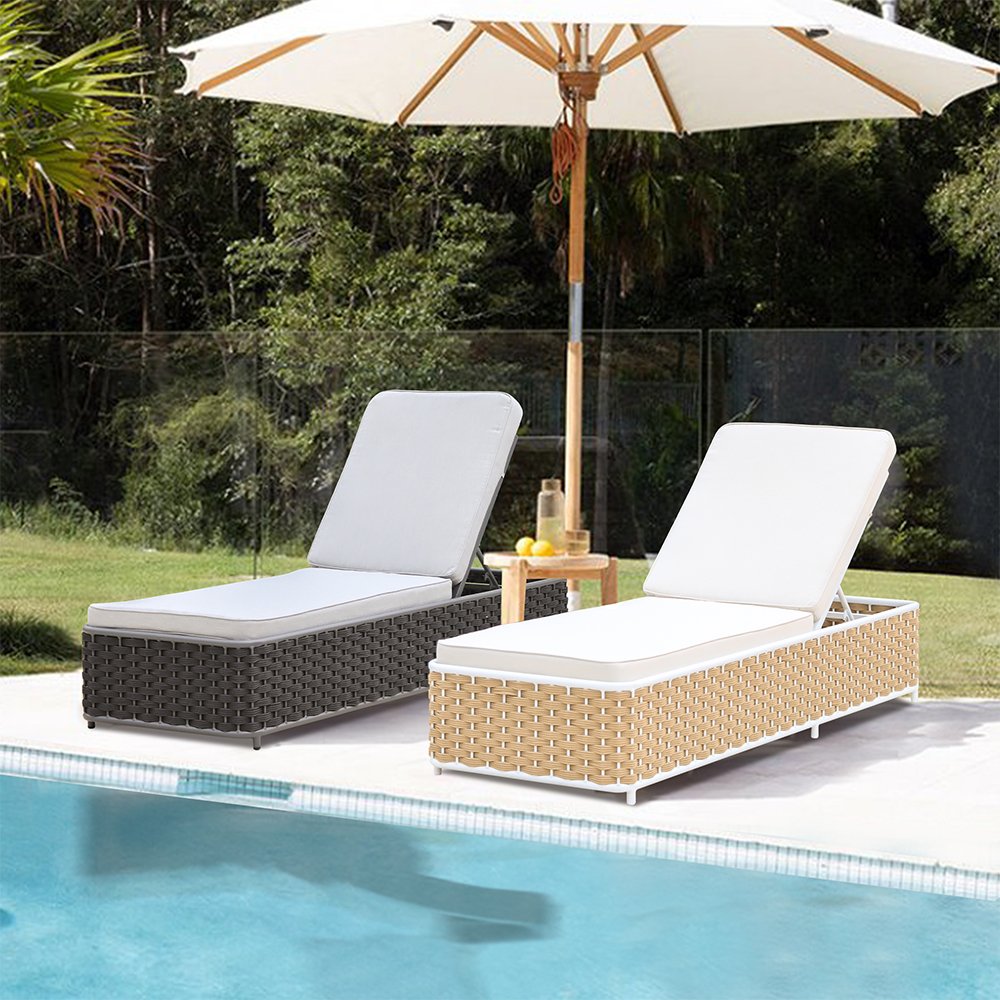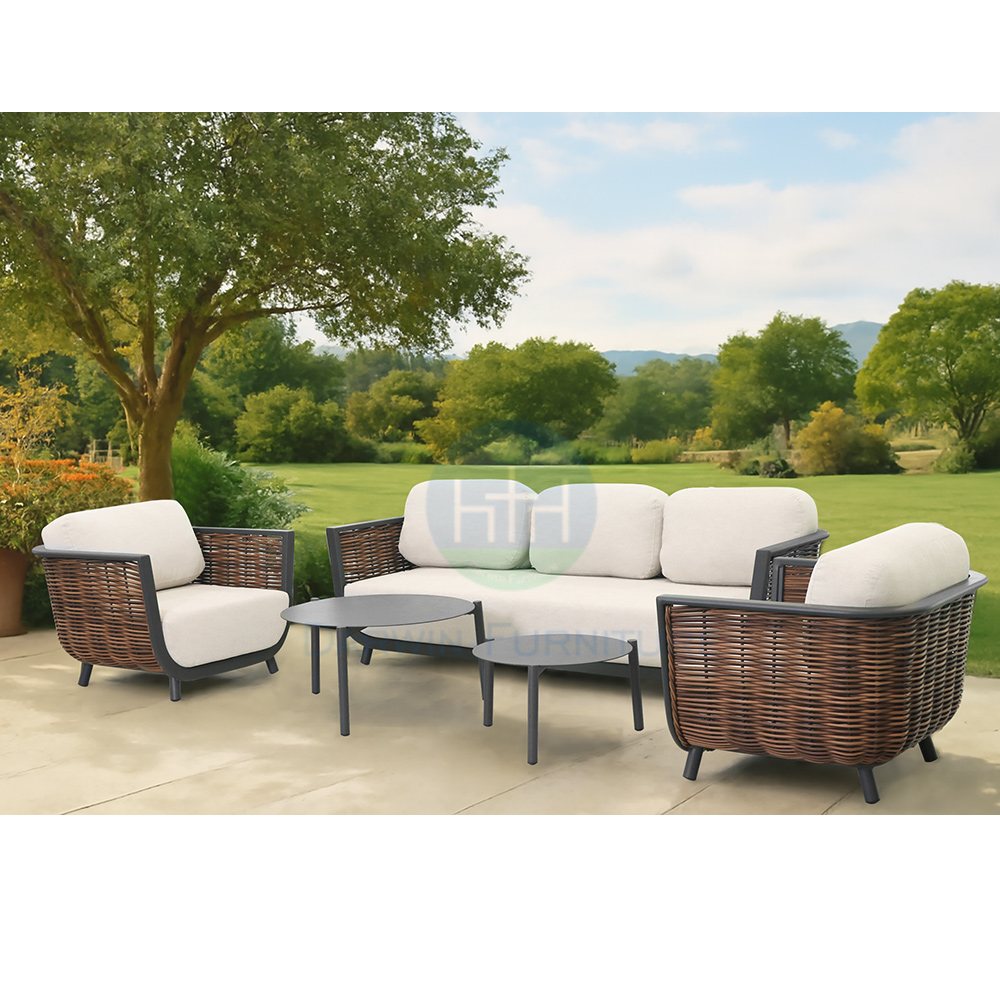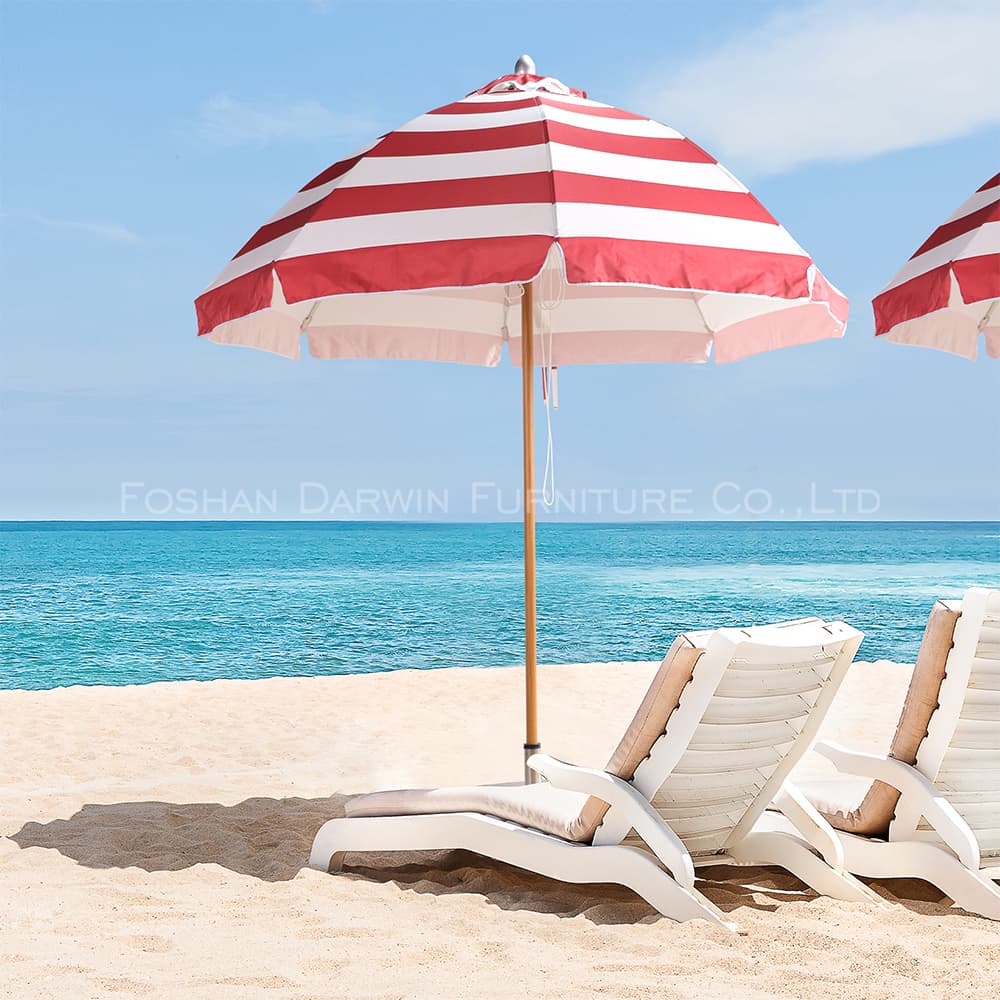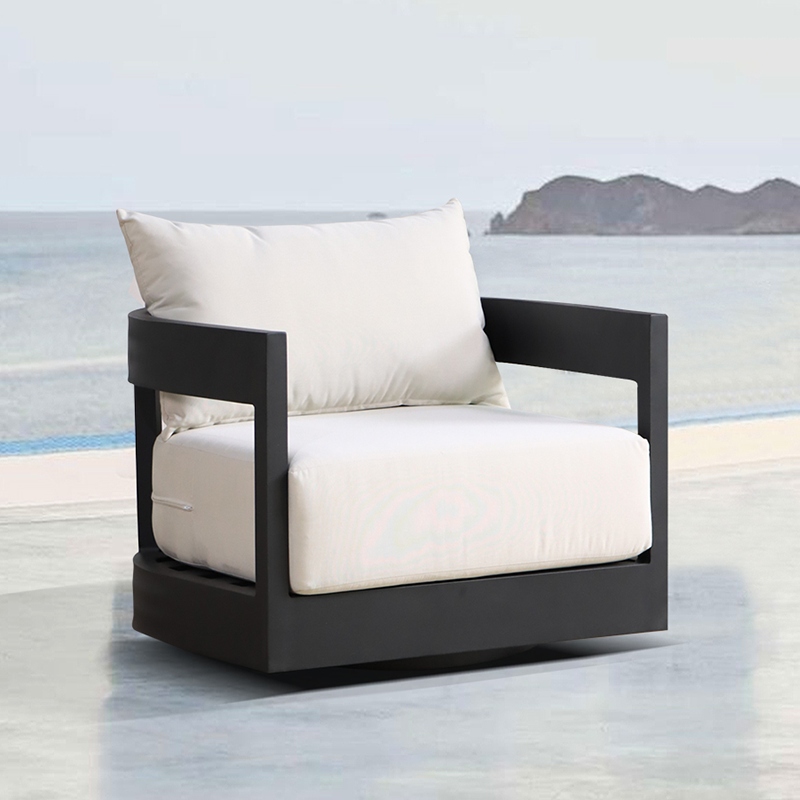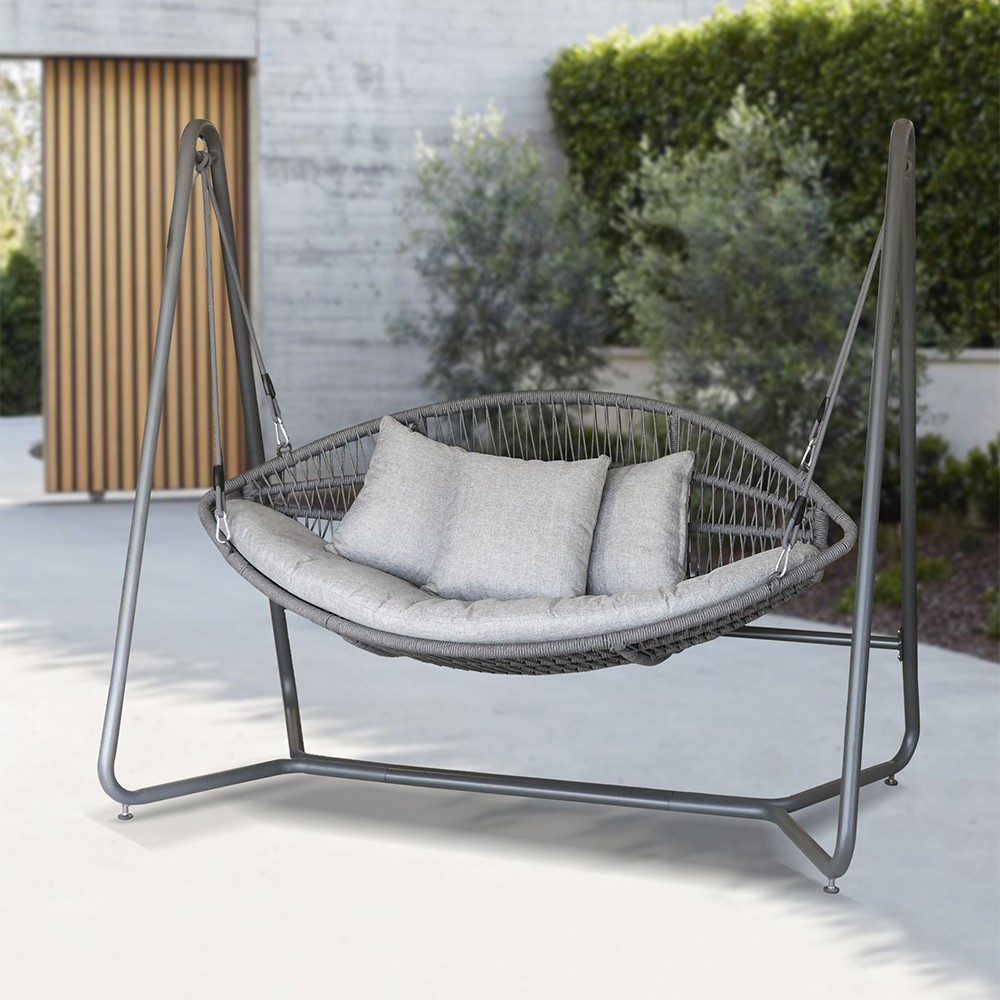How to Choose Outdoor Furniture Materials: A Comprehensive Guide
For a Timeless Aesthetic: Prioritize Climate-Adaptive Materials
When aiming for a classic outdoor design, natural materials for pool deck lounge chairs or patio outdoor furniture are often the go-to choice. However, each material comes with distinct advantages and limitations, making climate adaptability a key factor in the selection process.
1. Natural Fiber Core: Beauty vs. Environmental Sensitivity
Traditional wicker, crafted from natural fibers, offers springiness and relative sturdiness. Yet its vulnerability to extreme weather is notable:
Cold climates: Woven fibers become brittle and prone to cracking.
Hot climates: Fibers lose elasticity and may warp.
Humid/high-precipitation areas: Excessive moisture leads to mold and mildew, drastically shortening lifespan.
Fun Fact: Contrary to common belief, "wicker" refers to the weaving technique rather than the material itself. Traditional wicker outdoor furniture often uses rattan, willow, or other plant-based fibers.
2. Rattan: Natural Flexibility Meets Synthetic Innovation
Natural Rattan: As a vine with a strong core, natural rattan is ideal for outdoor furniture due to its flexibility. However, outdoor use poses a risk of mildew in damp conditions.
PE Rattan (Polyethylene Rattan): A synthetic alternative that overcomes natural rattan’s flaws:
Key Advantages: Moisture-resistant, mildew-proof, and easy to clean.
Ideal for: Outdoor gardens, as it withstands rain and sun without degradation.
3. Wood: Durability and Elegance for High-End Spaces
Hardwoods like teak, eucalyptus, cypress, and cedar are popular for their weather-resistance and longevity:
Strengths:
Natural durability against rot and insect damage.
Luxurious aesthetic that elevates decor, perfect for hotels, villas, or upscale residential projects.
Maintenance Tips:
Regular application of hardwood oil preserves the wood’s integrity.
Weathering Note: Natural wood will fade to a soft gray within the first year, and grain texture may become more pronounced due to expansion/contraction. If color consistency is a priority, opt for metal or synthetic materials.
Choosing Wisely: Balancing Aesthetics and Practicality
Climate Consideration: Tropical regions may favor PE rattan or treated woods, while arid areas can sustain natural fibers with proper care.
Design Intent: For low-maintenance solutions, synthetic materials like PE rattan or aluminum are ideal; for timeless charm, hardwoods like teak offer unmatched elegance—even as they age gracefully.
By aligning material properties with environmental factors and design goals, you can ensure your outdoor furniture combines durability with aesthetic appeal.


